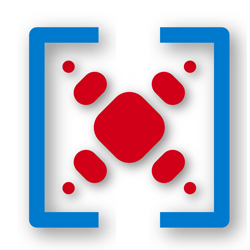Public release of CrystFEL, software for FEL crystallography
The first public version of CrystFEL was released today, providing software tools which researchers around the world can use to process crystallographic data acquired using free-electron laser X-ray sources.
CrystFEL is a new software suite for analysis of "serial femtosecond crystallography" data acquired using sources such as the Linac Coherent Light Source (LCLS), SACLA and the European XFEL. Early versions of CrystFEL powered much of the analysis for the first demonstration of this technique on small crystals of photosystem I which was published in Nature in February last year.
Conventional crystallographic analysis software is almost exclusively designed for data acquired using the 'rotation method', in which diffraction patterns are acquired from a single large crystal in a carefully controlled series of orientations. However, in the 'serial crystallography' approach, the powerful FEL beam destroys the crystal in a single pulse, meaning that structural information must be
assembled from tens of thousands of individual 'snapshots' from separate crystals in random and uncorrelated orientations. This
requires fast, efficient and automated processing as well as solutions to some unique analysis problems, which CrystFEL provides.
CrystFEL comprises programs for indexing and integrating diffraction patterns, scaling and merging intensities, simulating patterns, calculating figures of merit and visualising results. A shared library component, known as 'libcrystfel', provides a framework that researchers can use to create specialised analysis tools based on CrystFEL's features.
An article in the latest issue of Journal of Applied Crystallography, published today, describes the design philosophy and features of CrystFEL in detail. Further information and downloads can be found on the CrystFEL website: http://www.desy.de/~twhite/crystfel/index.html
The release of CrystFEL as free and open source software will help to set the stage for crystallographic experiments using FELs to become mainstream, which will surely lead to many exciting discoveries in the near future.
